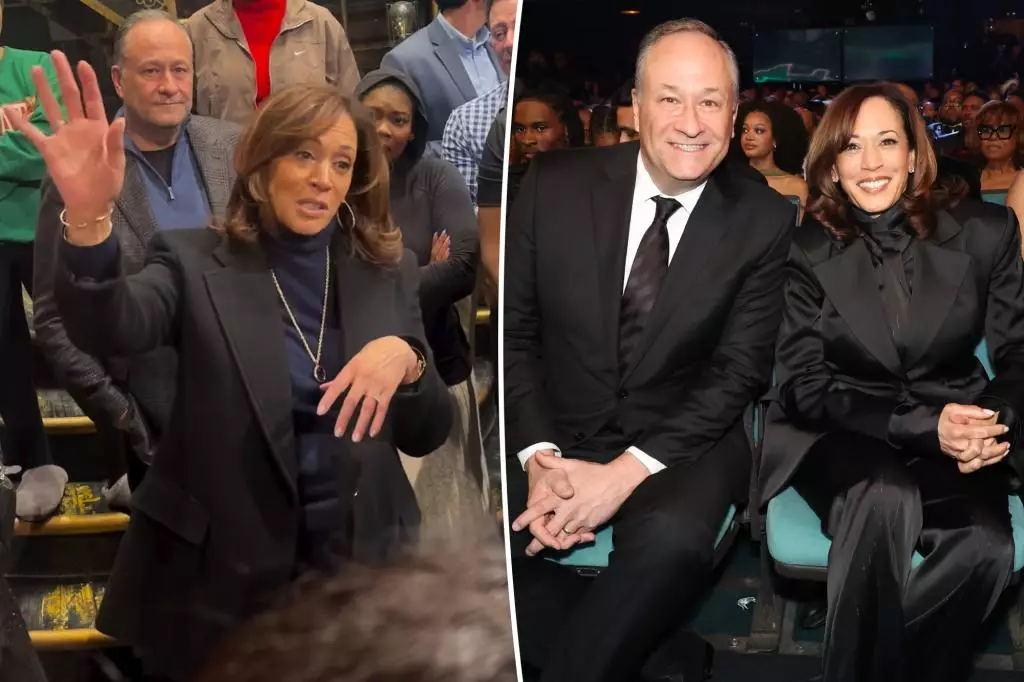In the tumultuous landscape of contemporary political discourse, visibility can determine the success or failure of a leader. As one political insider candidly expressed, Kamala Harris, the Vice President of the United States, is perceived as “MIA” or missing in action when it comes to taking the reins after the disheartening election results that saw Donald Trump emerge victorious. The sentiment among some Democratic insiders is that Harris has not capitalized on opportunities to embody the leadership role expected of her. This situation raises essential questions about the effectiveness of her approach and her engagement with both party members and the public.
Leadership Style: The Risks of Caution
The critique doesn’t simply rest on Harris’s apparent absence from the public eye; it extends deeper into the nature of her leadership style. Being “risk-averse” may serve politicians well in some contexts, but in a landscape rife with challenges, such caution can become a liability. Some insiders argue that this approach contributed to her electoral losses, suggesting that her reluctance to participate in media engagements limited public understanding and connection with her. Such observations underscore the crucial role that effective communication plays in a leader’s strategy—it’s not enough to be competent; leaders must also establish visibility and narrative.
The Role of Public Engagement
Notably, even while navigating mixed opinions about her performance, Harris has made appearances at significant events, such as the NAACP Image Awards, and has been involved in fundraising activities for the Democratic National Committee. Herein lies a paradox: while she is engaged with influential circles and community efforts, the perceived lack of “press-friendly” activities has sparked skepticism about her leadership effectiveness. Critics assert that more proactive communication strategies—like interviews or public discussions on pressing issues—could help her strengthen alliances and clarify her stance on contemporary political challenges.
Comparative Assessment of Political Engagement
When evaluating political presence, it’s crucial to compare approaches among leaders. California Governor Gavin Newsom, who has recently embraced the podcast format to connect with constituents and share his vision, has been viewed more favorably in terms of engagement. Such visibility is not merely about public relations but about creating a genuine dialogue with those whom leaders serve. Harris’ limited public footprint raises concerns that she might not be meeting the urgency demanded by the current political climate, especially as the Democratic Party grapples with the aftermath of electoral woes.
The Path Forward for Harris
Ultimately, Harris has the potential to reposition herself as a standout figure in the Democratic Party. Balancing the need for caution with proactive visibility could redefine her role as not merely a party figurehead but as an influential leader ready to address America’s pressing challenges head-on. For a Vice President, this may well mean stepping outside of traditional boundaries and utilizing both new media platforms and in-person engagements to cultivate a narrative of collaboration, action, and innovation. In the end, the path to revitalizing her leadership hinges on embracing a multifaceted approach that resonates with both party members and the electorate at large.

